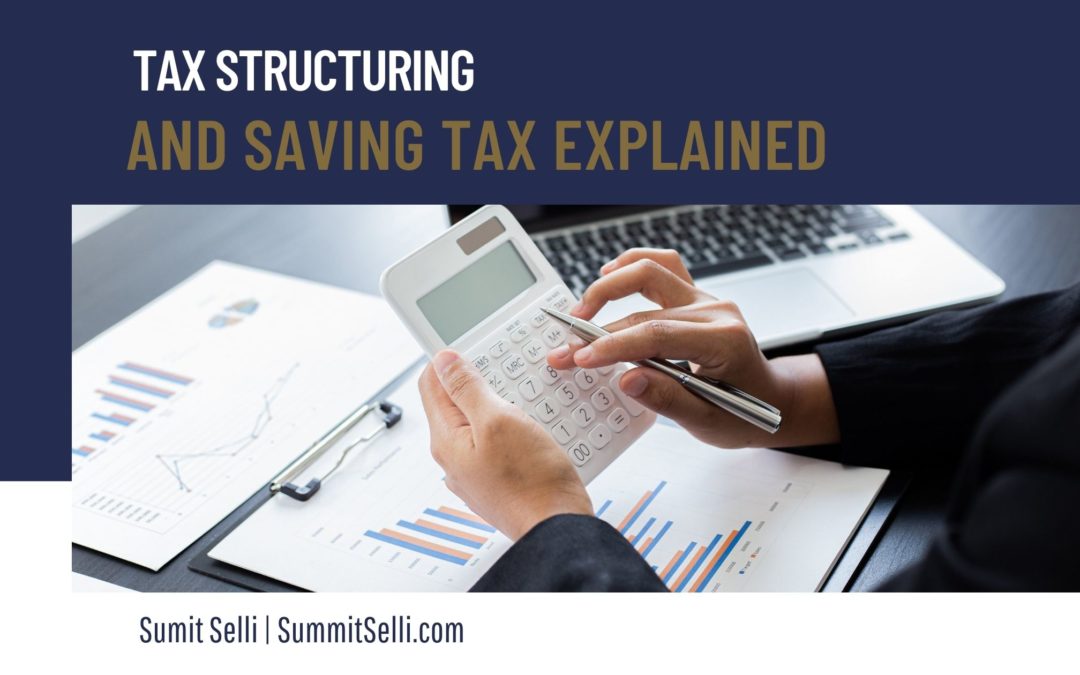Tax season is arguably one of the most stressful times of the year. People and businesses alike worry about whether or not they have filed correctly, how hard they will get hit, and if they missed any critical deadlines or paperwork.
In the UK alone, there are several different types of tax structures. Tax structures are the ratio at which a person (or a business) is taxed. There are ways for one to create a more efficient structure for themselves, which will help save money.
Knowing tax structure options can help save individuals, families, and businesses a significant amount of money each year. Read more to gain a better understanding of your options.
Tax Rates
It is essential to understand the different forms of tax rates and how they affect one’s finances. Income tax is the most common, with a rate between zero and forty-five per cent. This amount is dependent on how much is earned.
Then there’s capital gains tax, with a rate between ten and twenty-eight per cent, again depending on how much is earned. Finally, there’s inheritance tax, which has a forty per cent flat rate above a certain threshold.
Tax Structures
As mentioned above, there are several options for structuring one’s taxes for the best benefits. If you’re interested in learning more, it is recommended that further reading is done or that you reach out to a tax advisor. With that in mind, here are a few of the most common forms of tax structures:
- Enterprise Investment Scheme (EIS) – EIS and Seed EIS is a form of tax structuring designed for companies. This is a complicated process that requires multiple steps and approvals.
- Venture Capital Trust (VCT) – VCT applies to companies using the London Stock Exchange, where the government will offer tax breaks if the company meets specific standards.
- Individual Savings Accounts (ISA) – ISA is arguably the most common tax structure for the general public. It is both efficient and designed for the long term.
- Pension Schemes – Pension schemes are highly efficient and designed to help those that have retired. It is vital to keep an eye on the tax breaks for pension schemes, as they have been changing in recent years.
This blog/website is only made available for educational purposes. It is designed to give visitors general information and a general understanding of select financial topics. It is not intended to provide specific financial or investment advice. Conduct your own due diligence or consult a licensed financial advisor/broker before making any and all financial/investment decisions.

